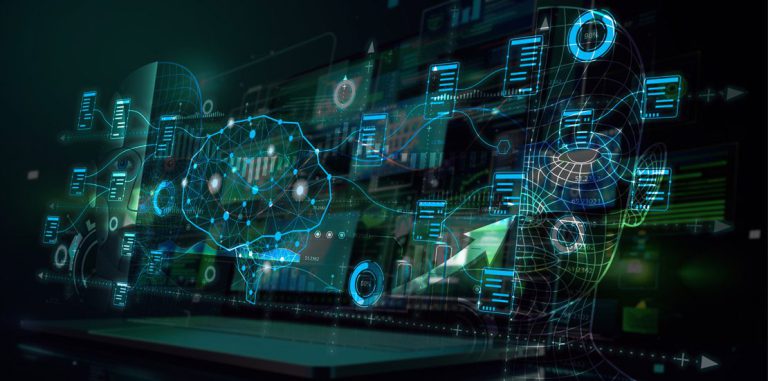[vc_row full_width=”stretch_row” el_class=” ” css=”.vc_custom_1607322497530{background-position: center !important;background-repeat: no-repeat !important;background-size: cover !important;}”][vc_column][stm_sidebar sidebar=”9670″][/vc_column][/vc_row][vc_row full_width=”stretch_row” css=”.vc_custom_1559808754695{background-position: center !important;background-repeat: no-repeat !important;background-size: cover !important;}” el_class=”CustomPageTitle”][vc_column][vc_column_text]
[post_title]
[/vc_column_text][stm_post_details][stm_post_bottom][/vc_column][/vc_row][vc_row][vc_column width=”3/4″][vc_column_text]
Windows 10 was creating waves even before its release. The tech world was rife with speculations on what this latest update would bring to the table, especially with respect to the Internet of Things (IoT). A lot was expected from it, especially after Microsoft CEO Satya Nadela proudly announced that it wasn’t going to be “just another release after Windows 8’.
Speaking at the Gartner’s Symposium/ITxpo conference last year in October, Nadela said that Windows 10 would become integral to the working of IoT, managing everything from sensors and mechanical systems to the analytic and applications underlying in them. Instead of making Windows 10 all about PCs and phones, and tablets, he was confident that it would become a platform that ran “across a lot of places where general purpose compute is going to be important.”
A month after its release, the latest update from Windows is getting praises for tying everything together in the world of Internet of Things. Before we look at the features of this operating system, let’s be clear here – Windows 10 is designed for phones, tablets and PCs. Windows 10 for IoT core, on the other hand, works with embedded products that may or may not have screens.
With that distinction out of the way, let’s look at some of the features of Windows 10 for IoT core
- Remote access to the system
One of the tools that come as part of Windows 10 for IoT core is Powershell that allows users to access the Windows system remotely and run some of the more familiar Windows commands. - Availability of development tools
Windows 10 for IoT core also provide a rich, stable, and clean integrated development environment (IDE) that is useful in building applications with the help of a fabulous tool chain. Yet another important feature is that Windows allows use of popular and common coding languages like C#, PHP, Node, Ruby, or Python. - Connectivity to the Cloud
Windows 10 for IoT core allows you to access Microsoft Azure, the company’s cloud computing infrastructure and platform. This means you can use Microsoft’s global network to manage and deploy services and applications. - Communication between devices
Windows 10 for IoT core also features AllJoyn – an open source framework that is able to connect to devices and create services between them. Since it’s designed specifically for applications related to IoT, communication between IoT devices can be established without needing an intermediary server.
The possibilities for Windows 10 for IoT are virtually endless, especially with the support it offers for Minnowboard Max and Raspberry Pi 2. What’s more interesting is that instead of starting off with finished goods, Microsoft is appealing to the makers’ community and giving them all the tools necessary to work their magic. And we can be certain that ingenious applications are bound to emerge thanks to Windows 10 for IoT.
[/vc_column_text][/vc_column][vc_column width=”1/4″][stm_sidebar sidebar=”527″][/vc_column][/vc_row][vc_row][vc_column][stm_post_comments][stm_post_bottom][vc_empty_space][/vc_column][/vc_row]


